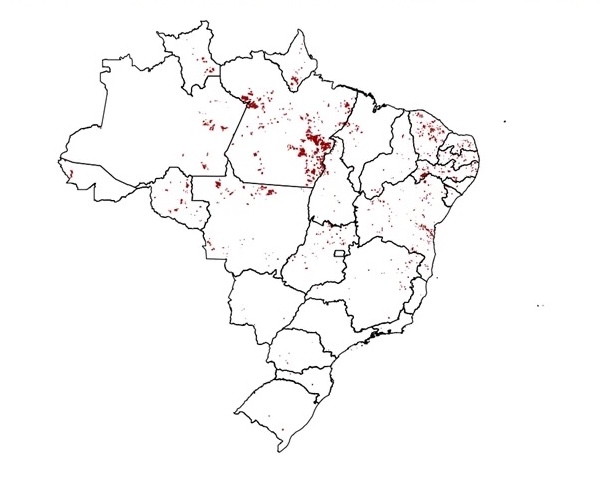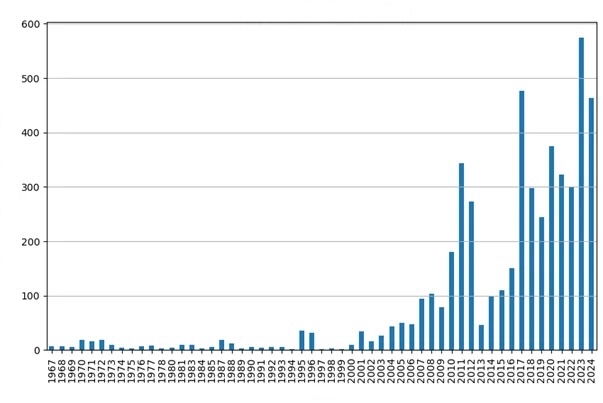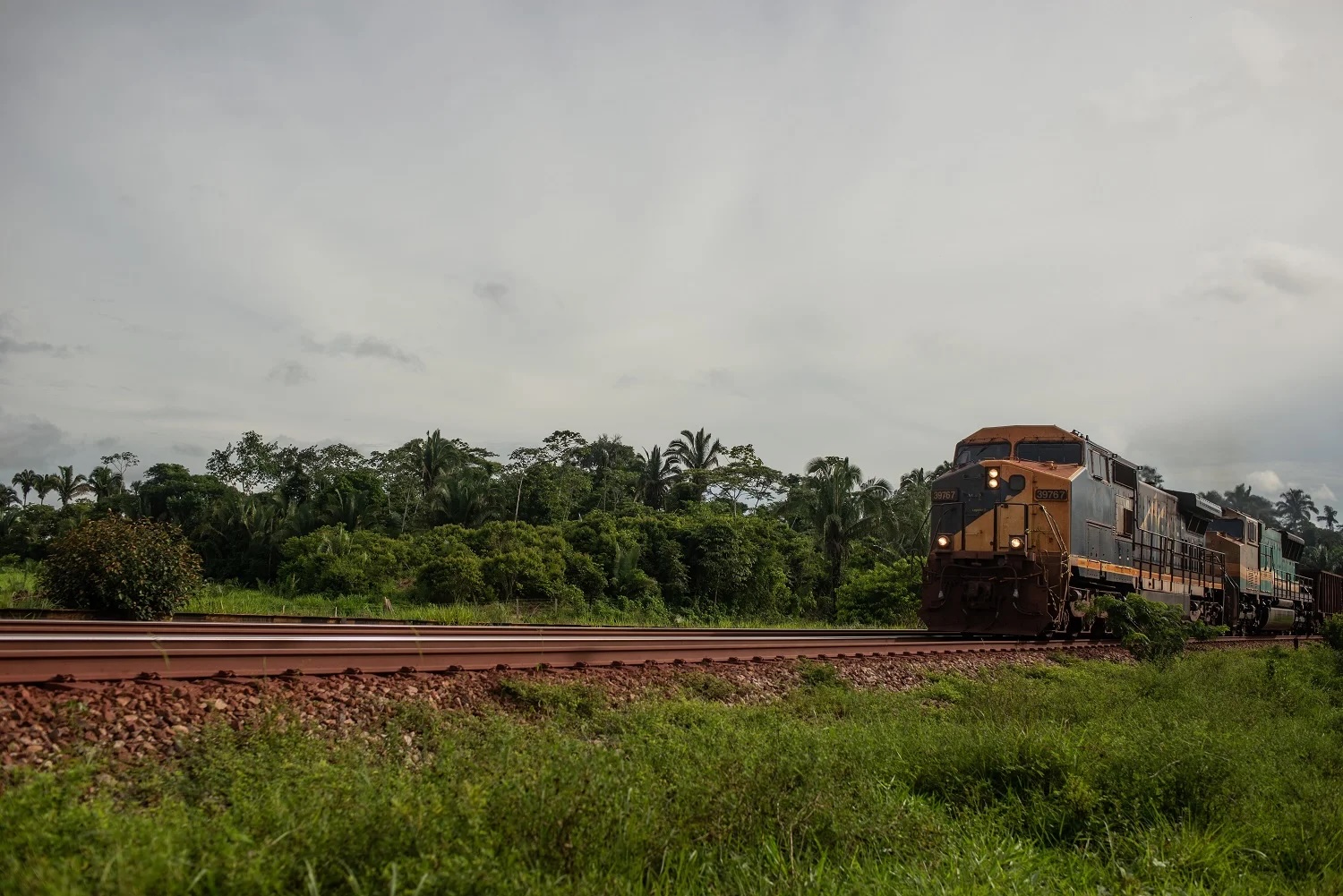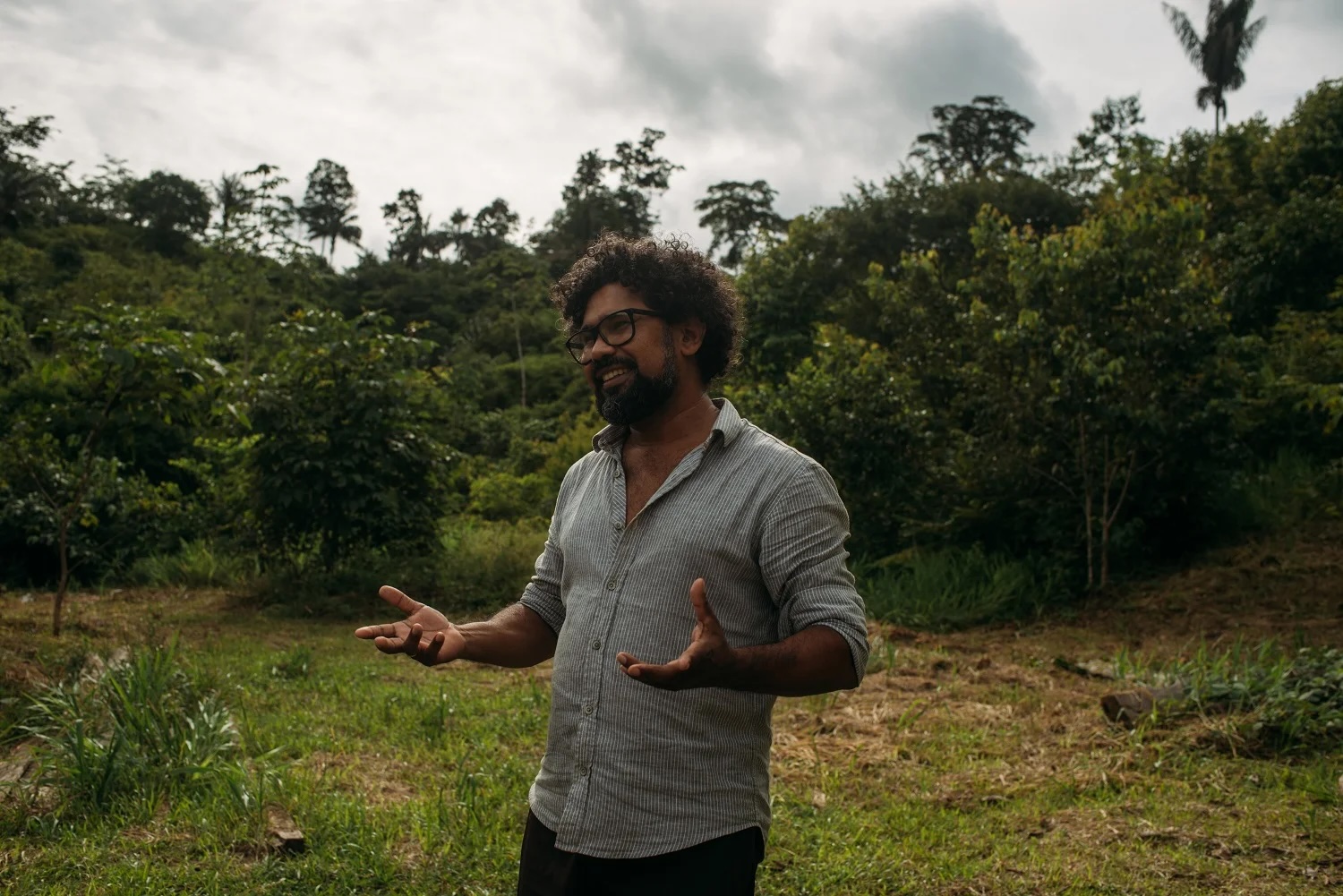- The greed for critical minerals is invading land reform settlements in Brazil, threatening food production and environmental protection.
- An analysis has identified 3,391 mining processes overlapping with 1,432 areas demarcated by the National Institute for Colonization and Agrarian Reform (INCRA), covering 25 Brazilian states.
- Almost half of the mining projects impacting rural settlements are in the Brazilian Amazon, which concentrates 52% of the mining areas in settlements; the northeast region accounts for 40% of the occurrences.
- The interest in critical minerals in rural settlements in Pará tends to exacerbate conflicts in an area historically marked by land ownership disputes.
The greed of mining companies in their search for critical minerals in Brazil is threatening food production and the environment, particularly in the Amazon and northeast region states.
This is what an investigation by the Mining Observatory reveals about the impact of mining requirements related to strategic substances on the energy transition in settlements established through agrarian reform in Brazil.
The analysis identified 3,391 mining processes overlapping 1,432 areas demarcated by the National Institute for Colonization and Agrarian Reform (INCRA). These exploration interests cover 25 Brazilian states.
Almost half of the mining projects aiming for strategic minerals that interfere with rural settlements are in the Brazilian Amazon region. In the nine states of the Brazilian Amazon, there are 1,765 mining projects overlapping 729 settlements. Pará leads the ranking nationwide, with 1,207 mining processes in 460 settlements.
The northeast is the region with the second-highest number of mining processes that overlap rural settlements, accounting for 40% of the occurrences. Bahia (426 mining processes in 188 settlements) and Ceará (358 processes in 177 settlements) concentrate a large number of areas in conflict. In the southeast region, Minas Gerais stands out with 82 processes overlapping 37 settlements.
Of the 3,391 mining processes impacting rural settlements that were approved by the National Mining Agency (ANM), 1,938 are at the research authorization stage and 694 are at the research application stage. At least 108 processes are at the mining application stage and 70 are at the mining concession stage.
The research considered key substances for the energy transition according to the International Energy Agency standard, such as copper, manganese, nickel, aluminum/bauxite, lithium, cobalt, vanadium, rare earths and niobium.
The list of companies with the highest number of requests regarding rural settlements includes multinational giants such as Luxembourg-based Nexa, Chile’s Codelco, Australia’s Fortescue and Rio Tinto, Brazil’s Vale, Britain’s Anglo American and Switzerland’s Glencore, among others.

A new rule expands mining interest in rural settlements
After INCRA issued Normative Instruction 112 on Dec. 22, 2021, establishing rules for the use of settlement areas in mining activities, as well as energy and infrastructure projects, 982 cases involving 1,337 overlaps in settlements have been initiated since the beginning of 2022.
Since this rule was implemented under the administration of former President Jair Bolsonaro, social movements advocating for land rights and agrarian reform have been working to overturn it. They argue that the regulation undermines the rights of settlement residents, essentially prioritizing miners’ rights to exploit minerals over the social use of land in settlements already recognized by the federal government.
But efforts to curb the greed of mining companies, which have intensified conflicts in rural areas already affected by land disputes, particularly in the Amazon, have not garnered support from the administration of President Luiz Inácio Lula da Silva. His government appears to be following the same approach as the previous government by prioritizing business opportunities.
This includes promoting international agreements that lack transparency and fail to provide guarantees for traditional communities and the environment. Major players interested in Brazil’s potential, such as the United States, China and some Arab dictatorships, are involved in this process.
The rights of the settlers still seem to be deemed less important than those outlined in Brazil’s , created during the Bolsonaro administration to promote projects aimed at producing strategic minerals for the country’s development.
Lula’s third term as a president has faced criticism for its lack of clear direction and a noticeable decline in land reform initiatives, particularly from social movements advocating for settlers’ access to land.

“Allowing mining to proceed in settlement areas is a cowardly act, because everyone knows, and INCRA knows best, that settlements are established for food production. We defend the idea that land should be understood as a space for environmental protection and a space where people can live a healthy life, respecting nature, of course,” said Alair Luiz dos Santos, secretary for agrarian policy at the National Confederation of Rural and Family Farmers (CONTAG).
According to Santos, the current government is struggling to achieve its own objectives. Regarding the revocation of INCRA’s rules, he stated that the government feels “its hands and feet are tied” in the present situation.
“We know that there are ministries that are part of the government that don’t give a damn about life in the countryside. The Ministry of Agriculture, which I can mention, defends agribusiness, defends economic expansion with a view to making money, whether in the production of agribusiness commodities or in mining,” he said.
The CONTAG representative stated that agrarian reform in Brazil has still not made any progress, especially since the fall of President Dilma Rousseff in 2016. “The responses from the government do not meet our needs. While there is some desire to implement agrarian reform, the rest of the National Congress opposes it. The significant challenge for social movements is to influence the next Congress to adopt a different stance on agrarian reform,” he said.
Vanderly Scarabeli, one of the coordinators of the Landless Workers’ Movement in Mato Grosso state, said he believes the government operates in two spheres of Brazilian society: that of capital, which is the predominant force influencing Congress and the judiciary, and, to some extent, “the government itself.”
“It’s the capital of mining companies and corrupt INCRA officials who would benefit from this. We have no doubt that there are sectors within INCRA itself that would be corrupted by encouraging the settlers to accept mining,” he added, mentioning that, in one settlement in Mato Grosso, officials from INCRA went to the settlers to encourage an agreement with mining companies.
After being questioned by the Mining Observatory, the National Mining Agency confirmed that it grants concessions in settlement areas and stated that, “in principle,” there is no legal prohibition against rejecting a title request that overlaps with areas designated for settlement projects, nor is there “any motivation to annul acts of authorization or granting of processes inserted in settlement projects.”
The agency also stated that it “does not have a special procedural process for areas included in settlement projects. Since both activities — mining and land reform — enjoy constitutional protection, the conflict between them must be resolved by the state through an understanding built by both authorities based on the characteristics of each specific case. However, negotiations have not progressed and have not culminated in the publication of any regulations.”
The Mining Observatory made several attempts to hear from INCRA about the overlapping mining processes in settlements and the requests to revoke the normative instruction but has not received a response.

In a troubled region, interest in transition minerals stirs conflict
Besides having the largest number of critical mineral interest processes overlapping rural settlement areas in Brazil, Pará concentrates, in the same area claimed by large mining companies, several conflicts over land tenure and access to natural resources that could further complicate the lives of rural workers and food production.
In INCRA settlements located in cities in Pará marked by conflicts, such as Canaã dos Carajás, Ourilândia do Norte, Parauapebas, Marabá, Eldorado dos Carajás and Tucumã, there are hundreds of processes overlapping areas requested by mining companies for the extraction of copper, nickel and manganese.
Vale is the main mining company identified, and its interest is centered on the extraction of manganese, nickel and copper. Five of its projects are already in the more advanced stages of mining. In a settlement located in Tucumã, which is home to 3,743 settler families, Vale is targeting nickel and copper exploration.
When questioned about the overlap of interests in these settlements, Vale stated that mining rights involve multiple stages and that “most investments in research do not result in the discovery of a mineral deposit,” and that, even in those that are “successful … not all of the project materializes, as it depends on social, environmental, technical and economic viability. … In other words, having a mining right in a settlement area does not mean that a mineral project will be realized there,” Vale said.
The company also said, “Information on the ANM website may be in the process of being updated, which could lead to inaccurate analyses of the companies’ actual ownership of their current mining rights.”
Another company involved in the processes in southeastern Pará with overlapping settlements is Codelco do Brasil, a subsidiary of Chile’s Codelco, one of the largest copper companies in the world. The Mining Observatory reached out to Codelco for a comment on the processes but had not received a response.
Conflicts between settlers and mining companies may intensify
Charles Trocate, a member of the national coordination for the Movement for Popular Sovereignty in Mining (MAM), explained that mineral exploitation is already occurring in settlements, particularly in the region of Pará where the highest number of mining operations is concentrated.
He cited operations such as the Federal Police’s “Operation 12º Elemento” from May 2024, which shut down a clandestine manganese mine located within an INCRA settlement project in Pará. The investigation revealed that this site is in Cumaru do Norte, in the southeastern part of the state, close to the Kayapó Indigenous land.
“There is a fraction of the local bourgeoisie that made a lot of money with the construction of the Grande Carajás [mining] project, but, 40 years later, these steel centers were imploded because there was no forest left. So, this elite associated itself with Bolsonaro and went to do this corporate ‘wildcat’ mining, which has generated a wave of these clandestine artisanal mining operations in many settlements in the region,” Trocate said.

For the MAM representative, the push for industrial exploitation by mining companies will have even worse consequences for agrarian reform settlers and the region, as well as increasing land conflicts. “Instead of this opening up to mining in the settlements being a redemption, it will be our curse because there is already a lack of areas for food production,” he said.
Giliad de Souza Silva, a professor at the Federal University of Southern and Southeastern Pará, said that “a set of interests and a set of conflicts” overlap in the region, some of which are guided by the state, which first settled the families, especially in the Marabá region, and then encouraged mining projects after the 1980s.
“It’s important to realize that this is a very tense and problematic situation, basically because it’s becoming increasingly clear that the territory where the Amazon biome is located is a territory that has a set of extremely dense and rich mineral provinces and, contradictorily, has a set of people who live on these mineral provinces,” said the researcher, who added that the region is likely to experience an “acceleration of conflicts.”
In June, the Federal Public Defender’s Office filed a Public Civil Action demanding that INCRA revoke Normative Instruction 112/2021. The action calls for an end to the approval of mining, energy and infrastructure projects within rural settlements without observing legal guarantees, especially the right to free, prior and informed consent guaranteed by Convention 169 of the International Labor Organization (ILO), signed and ratified by legislative decree by Brazil.
UN scientists propose ‘minerals trust’ to power green energy, protect communities
Banner image of Tuerê settlement in Pará, Brazil. Image courtesy of the Mining Observatory.
This story was first published in Portuguese on March 25, 2025 on the Mining Observatory.





